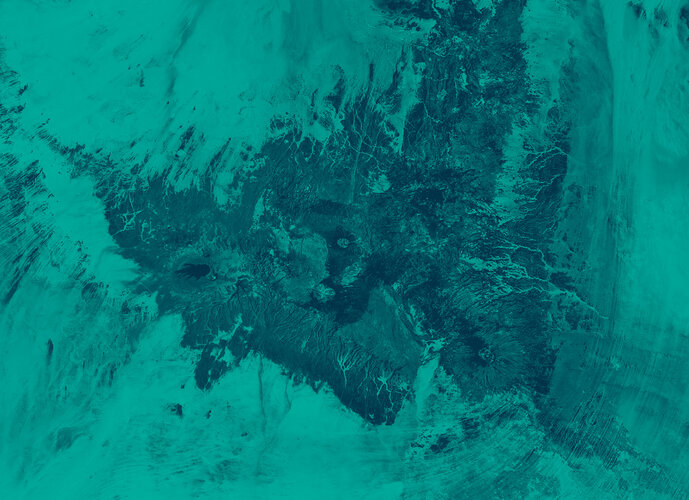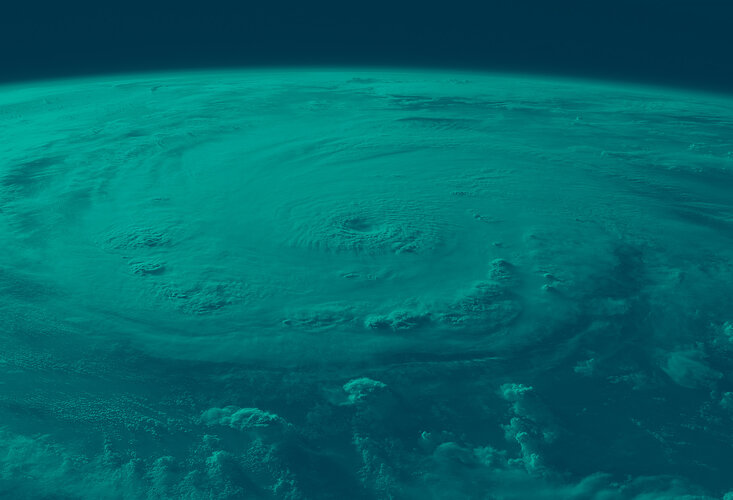Overview
Helping to predict the weather is the most mature application of Earth observation. Over the last four decades satellites have radically improved the accuracy of weather forecasts. Near-real time meteorological satellite images are at the heart of the daily weather bulletins watched by millions across Europe and the world.
Returning benefits
It is estimated that more reliable weather forecasting saves industry and the public millions of Euros every year. The World Meteorological Organisation estimates that every Euro spent on Earth Observation has returned 15 Euros worth of benefit to the agricultural sector alone.
Supercomputers are increasingly at the forefront of weather forecasting, running elaborate numerical models to predict how the climate will evolve over the coming hours or days. However ultimately these models rely on the data they assimilate; the better the quantity and quality of observations they process, the more reliable their final forecast.
Ending blind spots
Satellites allow us to monitor large areas of the globe, compensating for gaps in the terrestrial meteorology data-gathering network. Weather stations and buoys cannot cover all the broad expanse of empty ocean where two thirds of all the precipitation falling on land originates. By contrast the wide-area view provided by satellites can frame an entire weather system in a single optical or infrared image.
Additional space-based instruments routinely provide measurements of climate-related variables such as water vapour and ozone concentrations in the atmosphere plus air and sea surface temperatures. A radar-based instrument called a scatterometer uses reflected radar pulses to 'see' wind speed and direction across the sea surface.
Meteosat and MetOp
The first operational weather satellite was Tiros 1, launched in 1960. Europe's first weather satellite was Meteosat 1, launched in 1977 and followed by six further Meteosats. This series of geostationary satellites was built by ESA and operated by the European Organisation for the Exploitation of Meteorological Satellites (EUMETSAT), an intergovernmental organisation of 18 European states.
In 2002 the existing Meteosats were joined in orbit by the first Meteosat Second Generation (MSG) satellite, a more advanced design that has since formally entered service with Eumetsat as Meteosat-8. A second and a third MSG were launched in December 2005 and July 2012 respectively and became the operational satellites while the old generation was gradually retired.
In October 2006, the Meteosat weather satellites were joined by the first of a brand new generation of meteorological satellites with the launch of MetOp-A. MetOp-A, the first of three satellites developed under a joint programme being carried out by ESA and Eumetsat, is designed to provide a closer view of the atmosphere from low earth orbit and deliver data that will improve global weather prediction and enhance our understanding of climate change.
The MetOp programme forms the space segment of Eumetsat's Polar System (EPS) and represents the European contribution to a new cooperative venture with the United States’ National Oceanic and Atmospheric Administration (NOAA), which for the last 40 years has been delivering meteorological data from polar orbit, free of charge, to users worldwide with its evolving series of Tiros satellites. MetOp-A replaced one of the two Tiros satellite services operated by NOAA.
MetOp-B, the second in the series, was launched on 17 September 2012 and operates in tandem with MetOp-A, increasing the wealth of data even further. The third and final satellite, MetOp-C will be launched in 2018.
Launching a new satellite every 5–6 years guarantees a continuous delivery of high-quality data for medium- and long-term weather forecasting and climate monitoring until at least 2020.















 Germany
Germany
 Austria
Austria
 Belgium
Belgium
 Denmark
Denmark
 Spain
Spain
 Estonia
Estonia
 Finland
Finland
 France
France
 Greece
Greece
 Hungary
Hungary
 Ireland
Ireland
 Italy
Italy
 Luxembourg
Luxembourg
 Norway
Norway
 The Netherlands
The Netherlands
 Poland
Poland
 Portugal
Portugal
 Czechia
Czechia
 Romania
Romania
 United Kingdom
United Kingdom
 Slovenia
Slovenia
 Sweden
Sweden
 Switzerland
Switzerland






























